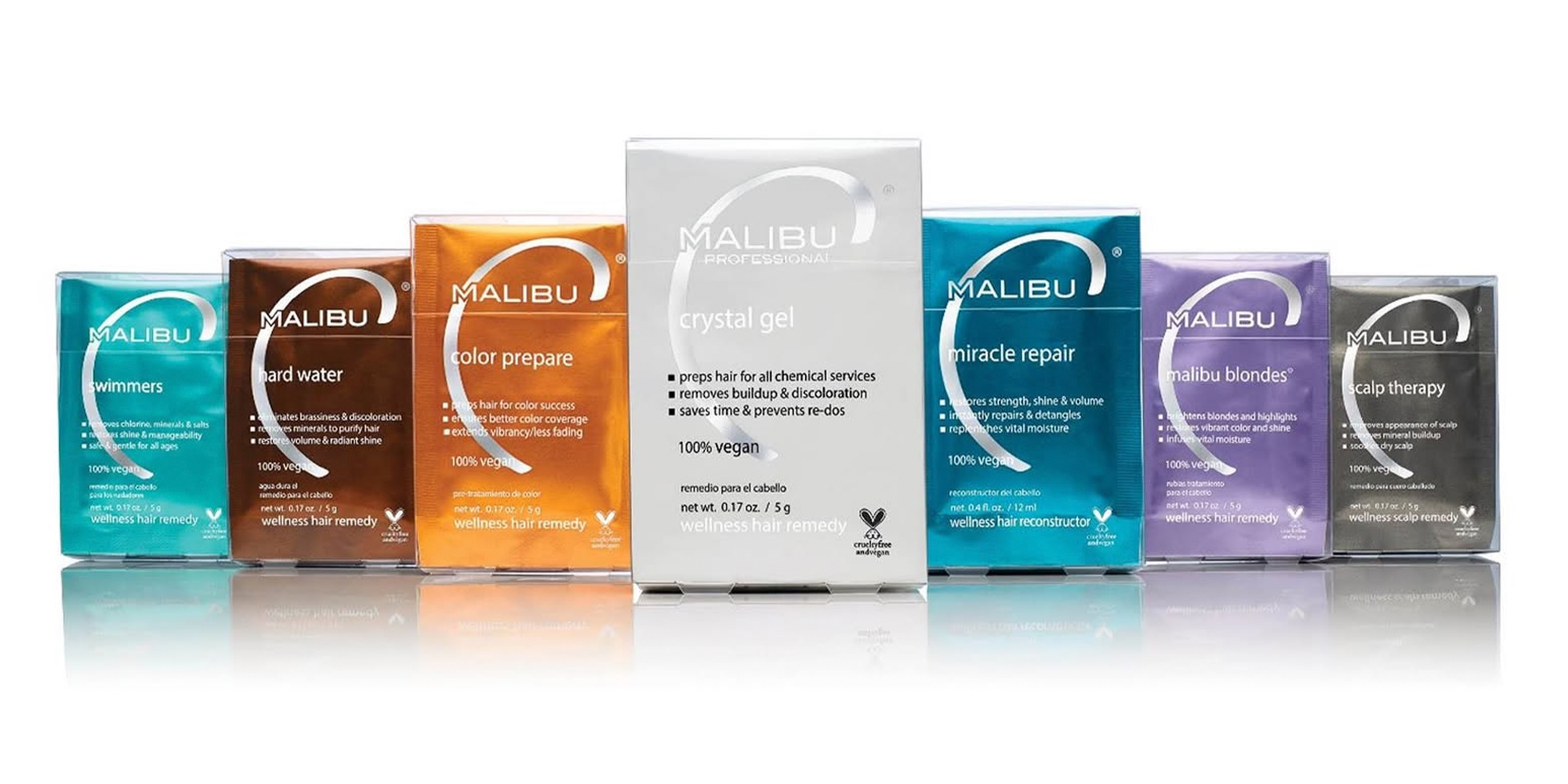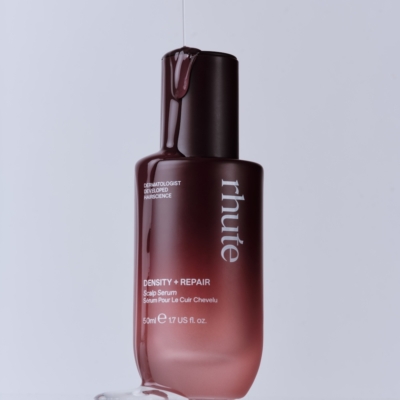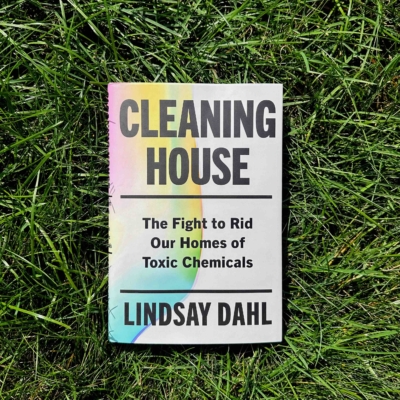
Why One Beauty Founder Made The Rare Choice To Sell His Brand To His Employees
Founder Tom Porter believes the best custodians of Malibu C’s future are its employees.
When he retired from the haircare and skincare brand last year, Porter sold the now 40-year-old company to an employee stock ownership plan (ESOP) trust, a legal entity that holds shares of Malibu C stock on behalf of its workers. He also converted the company from a C corporation, a business structure subject to double taxation with an unlimited number of shareholders, to an S corporation, a business structure that isn’t subject to double taxation and is limited to 100 shareholders.
Porter explains, “If anyone were going to realize wealth out of [me selling my business], I would prefer that it be those who had invested or are investing in building it.”
The National Center for Employee Ownership estimates there are around 6,500 ESOPs in the United States, covering about 15 million participants and with assets over $1.8 trillion. Most ESOPs involve privately held companies with fewer than 100 participants, and the majority are S corps. A 2023 survey by the National Center for Employee Ownership revealed that employees who own companies through ESOP plans quit their jobs at one-third the average national quit rate.
Manufacturing is the industry with the largest amount of ESOPs, at 21% of them, followed by professional and technology services (19%), construction (16%), finance, insurance and real estate (14%), wholesale (9%) and retail (6%). In beauty, employee-owned companies are rare, but Malibu C isn’t the only one. Kenneth’s Salons + Day Spas and manufacturer Consumer Product Partners are employee-owned via ESOPs as well, for example.
Porter started Malibu C, which bills itself as the first brand to use vitamin C to remove buildup from the hair and scalp, with $5,000 after leading a YMCA in Pacific Palisades, Calif., as executive director. By the time of Porter’s retirement in 2024, Malibu C was professionally distributed in 34 countries and generated an eight-figure sum in annual sales. The brand has approximately 60 full-time employees. It hasn’t received external funding.
Porter spoke with Beauty Independent about his decision to make Malibu C employee-owned, what he wishes he’d known beforehand and how the ESOP has changed the company.
What inspired the decision to sell Malibu C into an ESOP trust?
I had never heard of ESOP before, but I had hired a CFO, and when he took over his position, I confidentially mentioned to him that it was important that I focus on an exit plan. Soon after I told him about that, he read an article [about ESOPs] and sent me the article, saying there was another option I may want to consider. He had seen my passion as the founder and that selling the company was not something I could really identify with.
What led me to an ESOP was, more than anything, the knowledge that the employees who have helped build the company would be the beneficiaries. They are the shareholders of the trust. It made sense to me that we could create a culture of people who had a buy-in to help build this business to greater significance beyond what I had. I also felt that it would more likely guarantee that the company’s legacy and our mission’s integrity would remain in place for a longer duration than if we just sold it.

How difficult was it to convert Malibu C to an ESOP?
From my perspective and to my knowledge, there’s a 30% minimum to receive many of the [tax] benefits that are available as an ESOP. At that time, we were a C corp, and we remained a C corp while [the first] 30% of the company was in an ESOP trust.
It’s not a difficult process, but it’s one that, if I had to do it all again, I would have done a better job of understanding all of the implications. You have to involve an evaluation company, attorneys who are experts in ESOPs, a trustee and usually a financial institution that loans the money to the trust in order to pay off the [original] shareholders.
If you get the right people, and they know what they’re doing, it’s easy. You negotiate with that team, most of whom are advocates of your decision. They’re trying to make it attractive enough [for you to sell] because they want to make the transaction.
Were there any challenges?
I felt like I was learning on the go, and it would have been to my advantage to have had a better education. I would have also sent my CFO more education in hindsight. Even though all is good, we were learning along the way, but, heck, that’s how I built the company.
How has the ESOP impacted employees?
I made some assumptions that were not necessarily true. I thought the employees would embrace it and say, “Oh my gosh, this is incredible.” An ESOP is not dissimilar to a 401(k). An ESOP is a qualified retirement program, so it’s not money in your hand. The employees who watched their 401(k) [contributions] understood and embraced it, but, for most employees, to own shares in something is a foreign language.
[An ESOP] has led to an entire movement in the company. It’s changed our vocabulary and our mindset. The management team meets weekly to update the different departments on how much they have saved the company in efficiency or generated potential new revenue or opportunities.
It is an opportunity, but a challenge, to bring the company together to help people realize this is a very significant savings account. The more you make an effort or the fewer setbacks we have as a manufacturer or the more efficient we become on the [manufacturing] line, [employees] become more accountable and realize that their efforts are tied directly to the value of the shares, which gets divided at the end of the year.
Any new ESOP organization needs to realize that it’s an opportunity, but not assume that [knowledge] will happen organically.
What else should a brand owner know about an ESOP?
I do not know if I would have realized more money if I had sold to a private equity group, but there’s a very good chance that the multiples may have been higher. There are also [tax] advantages to an owner [to create] an ESOP. A 1042 Qualified Replacement Property allows a transfer of funds without triggering immediate taxation on any gains. So, you can take that money and let it work for you pre-tax.
Another advantage is that the founder can remain a CEO or executive as long as she or he wants to. Founders like me who built something from nothing don’t want to necessarily walk away. I am still chairman of the board. On the other hand, if you’re burned out and you want out, an external [buyer] typically prefers you stick around just for some time, and then they want you out.
This interview has been lightly edited for clarity and brevity.





Leave a Reply
You must be logged in to post a comment.